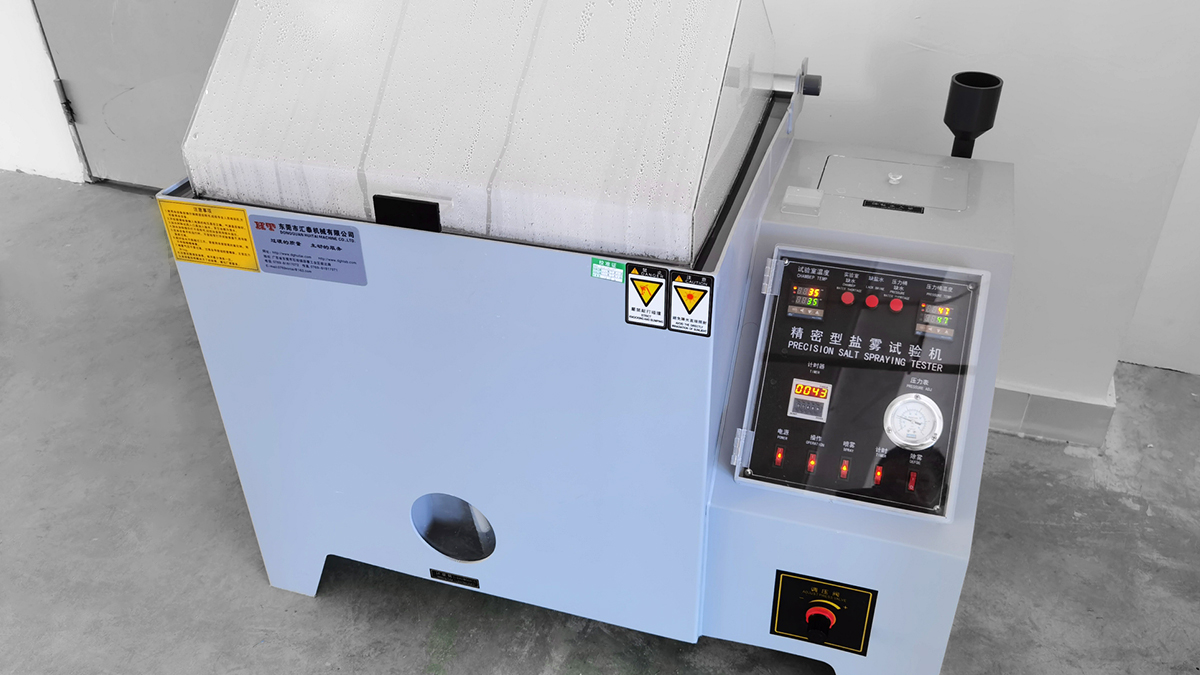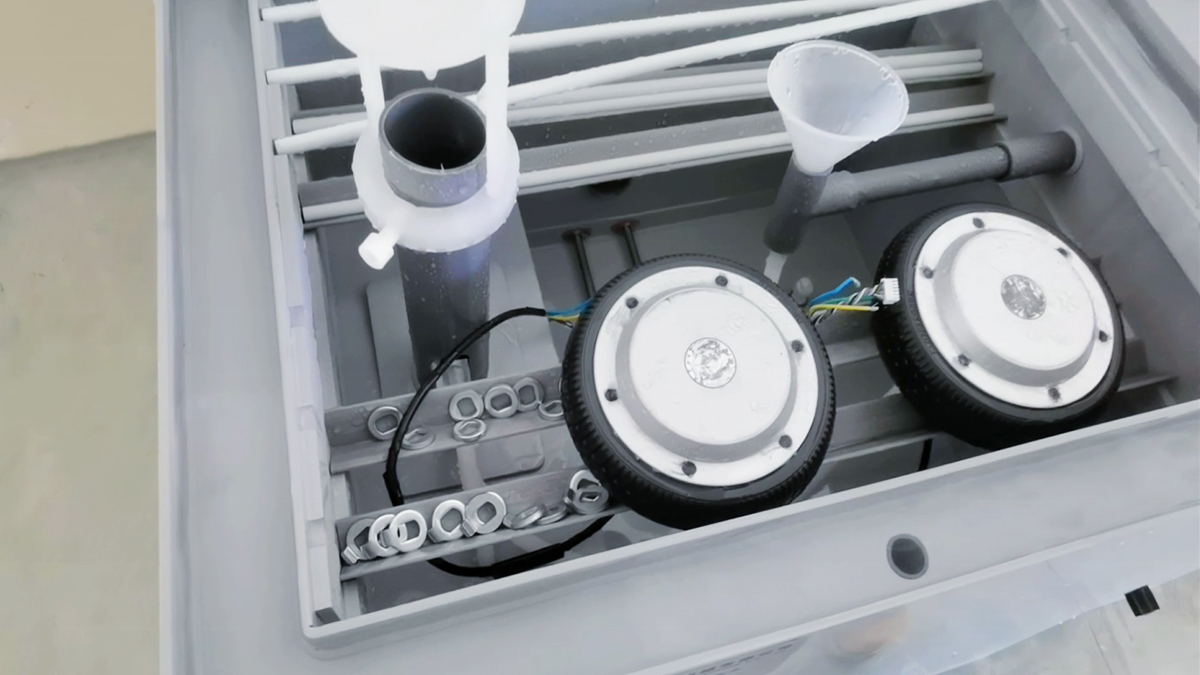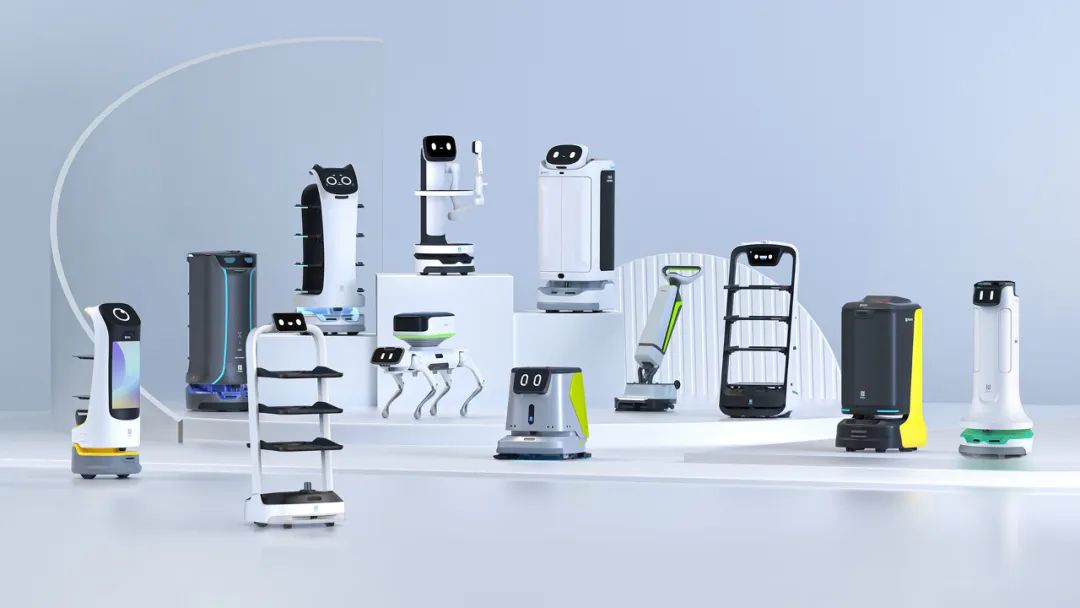Salt Spray Test is an accelerated corrosion test used to evaluate the corrosion resistance of materials and coatings in a salt spray environment. This test simulates the corrosive effect of salt spray on materials in marine or industrial environments, and is widely used in fields such as metals, coatings, and electronic components.
Basic principles of salt spray testing
Salt spray testing accelerates the corrosion process of materials by spraying a saltwater solution in a closed testing chamber to create a salt spray environment. The temperature and humidity inside the testing chamber are usually constant to ensure consistency in testing conditions.
Test method
1. Saltwater solution: Typically, a 5% sodium chloride (NaCl) solution is used to simulate salt spray in marine environments.
2. spray system: spray the saline solution through the nozzle to form a uniform salt spray.
3. Test box: A sealed enclosure with an internal temperature typically maintained at around 35 ° C.
4. Testing time: According to the testing standards and material requirements, the testing time can range from a few hours to several thousand hours.
Test result evaluation
After the test is completed, evaluate the corrosion resistance of the material using the following methods:
1. Appearance inspection: Observe whether there are corrosion spots, bubbles, peeling and other phenomena on the surface of the material.
2. Weight change: Measure the weight change of the material before and after testing to evaluate the degree of corrosion.
3. Microscopic examination: Use a microscope to observe the microscopic changes on the surface of the material.
For robot wheel hub motors, especially when used in harsh environments, corrosion resistance is an important consideration factor. Robot wheel hub motors that meet salt spray testing must meet a series of specific requirements and standards to ensure stable performance and corrosion resistance in salt spray environments. Here are some key points for describing and selecting robot wheel hub motors that meet salt spray testing requirements:
1.Selection of motor materials
1.1 Metal materials: Key components such as motor casings, rotors, and stators should be made of metal materials with excellent corrosion resistance, such as stainless steel, aluminum alloys, etc. These materials can effectively resist the erosion of salt spray environment and extend the service life of the motor.
1.2 Insulation materials: The insulation layer of the motor should use high-quality insulation materials to ensure that the motor does not malfunction due to a decrease in insulation performance in salt spray environments.
2. Surface treatment technology
2.1 Anti corrosion coating: The surface of the motor casing and key components should be coated with anti-corrosion coatings, such as epoxy resin, polyurethane, etc., to improve the corrosion resistance of the motor.
2.2 Coating treatment: Coating treatment is applied to metal components, such as galvanizing, chrome plating, etc., to increase the corrosion resistance of the metal surface.
3. Sealing performance
3.1 Sealed structure: The motor should adopt a sealed structure design to ensure that internal components are not affected by salt spray environment. Seals should be made of corrosion-resistant and aging resistant materials.
3.2 Waterproof and dustproof level: The motor should reach a certain waterproof and dustproof level (such as IP65, etc.) to cope with the intrusion of moisture and dust in salt spray environments.
4. Performance parameters
4.1 Rated power and torque: Select the appropriate rated power and torque according to the actual needs of the robot to ensure that the motor can still work stably in salt spray environments.
4.2 Speed range: The motor should have a wide speed range to adapt to different working modes and speed requirements of the robot.
5. Certification and Testing
5.1 Salt spray test certification: The motor should undergo professional salt spray test certification to verify its corrosion resistance in salt spray environments. The testing time can be set according to specific needs, such as 24 hours, 48 hours, 72 hours, etc.
5.2 Other performance tests: In addition to the salt spray test, the motor should also pass other performance tests, such as temperature rise test, vibration test, noise test, etc., to ensure that its comprehensive performance meets the requirements.
In summary, robot wheel hub motors that meet salt spray testing need to meet certain standards and requirements in material selection, surface treatment technology, sealing performance, performance parameters, certification, and testing. By selecting suitable motor suppliers and customized solutions, the robot can ensure stable performance and corrosion resistance in salt spray environments.

The robot wheel hub motor of Shenzhen Zhongling Technology Co., Ltd (www.zlingkj. com) can pass a 48 hour salt spray test to meet the requirements of customers in different usage scenarios. With the promotion of the concept of "artificial intelligence", Zhongling Technology Co., Ltd wheel hub motor has been widely used in industries such as unmanned delivery, unmanned cleaning, and auxiliary medical care. Shenzhen Zhongling Technology Co., Ltd will continue to optimize product design and production processes, continuously improve product materials and performance, and inject power into the robotics industry!
Mailbox:[email protected]
Office address:303, 3rd Floor, Building B, Fenghuang Zhigu, Tiezi Road, Xixiang Street, Bao'an District, Shenzhen
Factory address:6th Floor, Building D, Changxing Zhigu Industrial Park, No. 16 Changlong Xinfeng Street, Huangjiang Town, Dongguan City